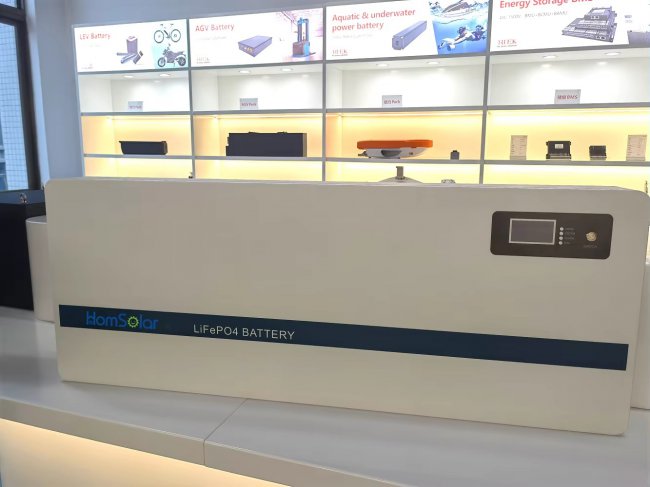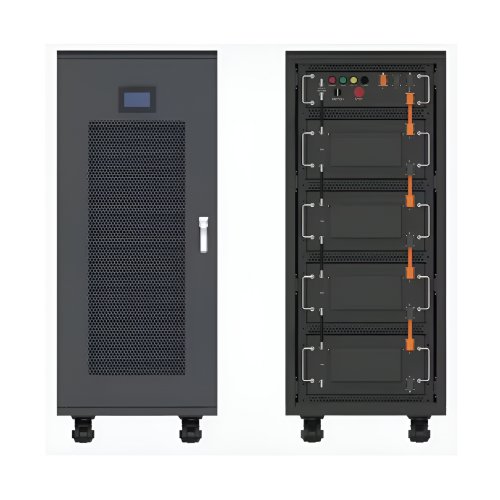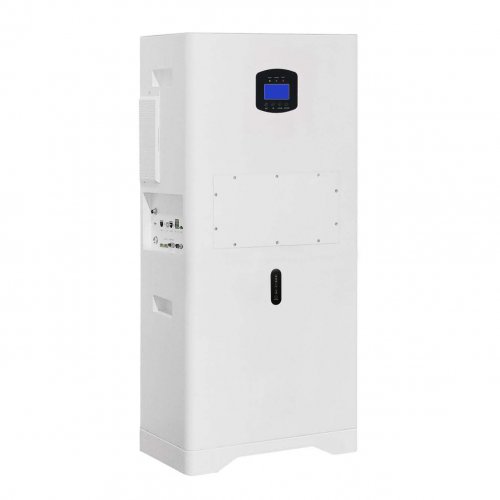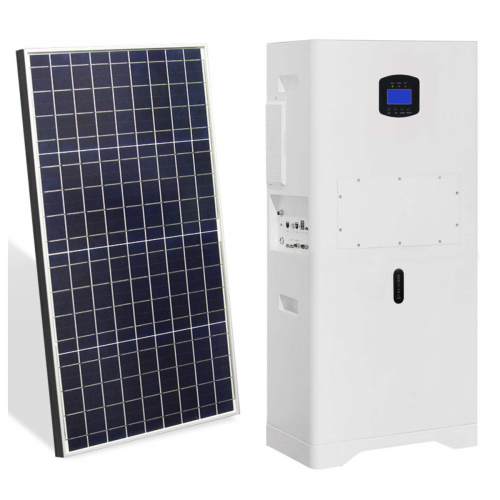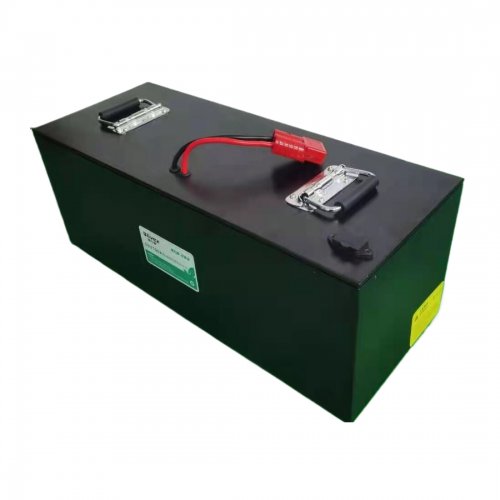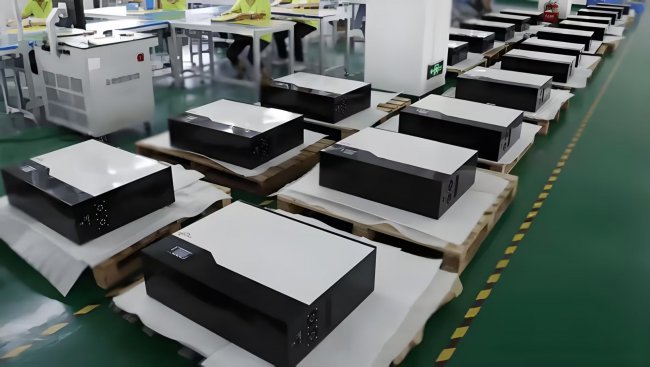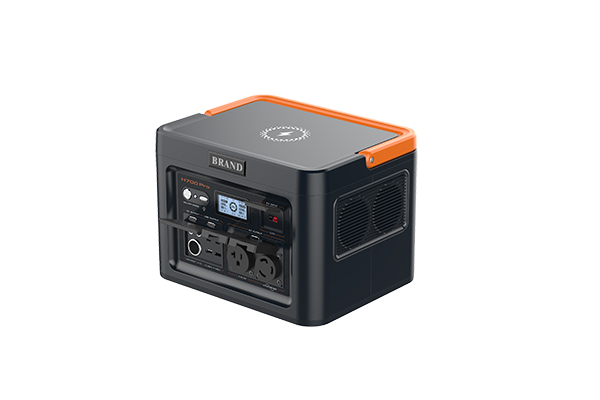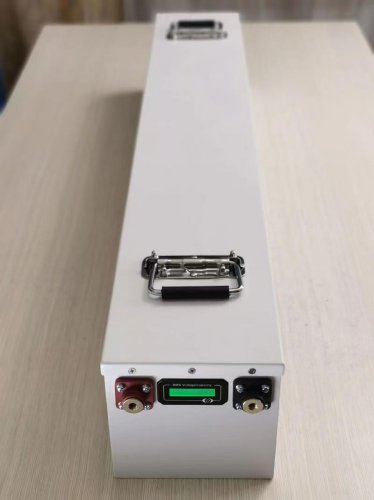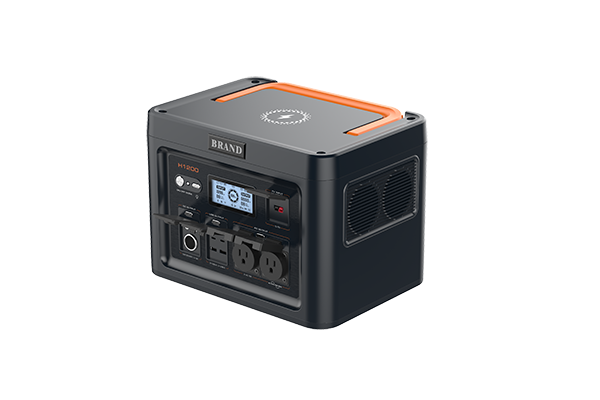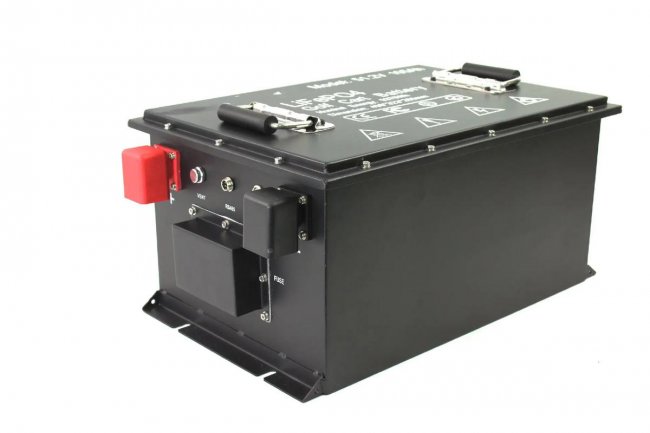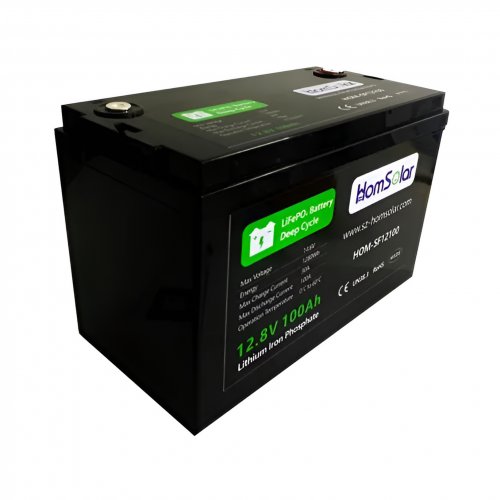Advances In Lithium Diffusion: Unlocking Next-generation Energy Storage Through Mechanistic Insights And Interfacial Engineering
The relentless pursuit of higher energy density, faster charging capabilities, and longer cycle life in lithium-ion batteries (LIBs) hinges on a fundamental physical process: lithium diffusion. The rate at which Li+ ions can traverse electrode materials and cross interfaces directly dictates the power performance and efficiency of the entire device. Recent years have witnessed a paradigm shift in our understanding of this process, moving beyond bulk crystal properties to a more nuanced view that emphasizes nanoscale kinetics, interfacial phenomena, and the role of advanced characterization. This article explores the latest breakthroughs in elucidating and enhancing lithium diffusion, highlighting their implications for the future of energy storage.
Decoding Atomic-Scale Mechanisms with Advanced Characterization
Traditional models of lithium diffusion often relied on macroscopic electrochemical measurements. However, the advent of cutting-edgein-situandoperandotechniques has allowed researchers to observe ionic motion in real-time under operating conditions. For instance,in-situtransmission electron microscopy (TEM) has visually captured the phase boundary propagation during lithiation and delithiation in materials like silicon and transition metal oxides, revealing asymmetric diffusion pathways that were previously theoretical. Similarly, neutron scattering and solid-state nuclear magnetic resonance (ssNMR) spectroscopy provide unparalleled insights into local Li+ hopping rates and coordination environments without being limited by the electron density of heavier elements.
A significant breakthrough has been the application of X-ray photon correlation spectroscopy (XPCS) at synchrotron facilities. This technique can probe the slow dynamics of lithium ions within bulk materials, revealing non-equilibrium pathways and correlated ion motion that challenge classical diffusion models. As noted by Ulvestad et al. in their study on layered oxide cathodes, "the diffusion is not a simple random walk but exhibits dynamic heterogeneities," meaning ions move in cooperative, wave-like manners at certain states of charge. This understanding is crucial for designing materials that avoid localized stress and phase segregation, which are primary causes of capacity fade.
Engineering Materials to Accelerate Bulk Diffusion
The quest for faster bulk diffusion has led to the exploration and refinement of several material classes:
1. Ni-Rich and Li-Rich Layered Oxides: While Ni-rich NMC (e.g., NMC811) offers high capacity, it suffers from kinetic limitations and structural instability. Recent research has focused on coherent epitaxial surface coatings and concentration-gradient designs, where the core is Ni-rich for capacity and the surface is Mn-rich for stability. This architecture creates a more favorable chemical potential gradient for Li+ diffusion while suppressing detrimental side reactions at the interface. Work by Sun et al. demonstrated that such gradient cathodes exhibit significantly improved rate capability and cyclability.
2. Spinel and Tavorite Structures: Materials like LiNi0.5Mn1.5O4 (LNMO) spinel offer high voltage and 3D lithium diffusion channels, enabling very fast charging. Recent doping strategies, particularly with cations like Cr3+ or Mo6+, have been shown to reduce the charge transfer barrier and enhance electronic conductivity, thereby unlocking the full kinetic potential of the spinel framework. Similarly, the tavorite-structured LiVPO4F has attracted attention for its one-dimensional, large-sized diffusion tunnels, which facilitate rapid ionic transport.
3. Anode Materials: Beyond Graphite: In silicon anodes, whose capacity is an order of magnitude higher than graphite, lithium diffusion is hampered by massive volume changes. A major technological advance has been the design of porous or nanostructured Si (e.g., silicon nanowires, hollow nanospheres). These structures not only accommodate strain but also drastically shorten the solid-state diffusion length for Li+ ions. Furthermore, the incorporation of conductive polymers or carbon nanotubes into Si composites creates percolation networks that enhance both ionic and electronic transport simultaneously.
Mastering the Interphase: The Solid-Electrolyte Interphase (SEI) and Beyond
Perhaps the most critical frontier in lithium diffusion research is the electrode-electrolyte interface. The formation and properties of the SEI on anodes and the cathode-electrolyte interphase (CEI) on cathodes are paramount. A brittle, inhomogeneous, or overly thick SEI acts as a significant barrier to Li+ transport.
The emergence of novel electrolyte formulations—specifically highly concentrated electrolytes (HCEs) and localized highly concentrated electrolytes (LHCEs)—has been a game-changer. These electrolytes promote the formation of a thin, inorganic-rich, and highly Li+ conductive interphase. The diffusion of Li+ through this robust, inorganic-dominated SEI (composed of LiF, Li3N, etc.) is significantly faster and more uniform than through a traditional organic-dominated SEI. A seminal study by Qian et al. showed that such engineered interphases can enable highly reversible lithium metal plating and stripping, a process entirely governed by interfacial diffusion kinetics.
The ultimate expression of interfacial engineering is the development of all-solid-state batteries (ASSBs), which replace liquid electrolytes with solid counterparts. Here, lithium diffusion occurs entirely through solid materials. The key challenge is the high resistance at the solid-solid interface between the electrode particles and the solid electrolyte (e.g., sulfide-based LGPS or argyrodites). Breakthroughs include the use of soft interfacial coatings that maintain intimate contact during cycling and the discovery of "self-healing" electrolytes. Furthermore, computational screening, guided by density functional theory (DFT) and machine learning, is accelerating the discovery of new solid electrolyte compositions with intrinsically high Li+ conductivity and excellent interfacial stability against lithium metal.
Future Outlook and Challenges
The trajectory of research points towards an increasingly holistic and dynamic view of lithium diffusion. Future efforts will focus on:Multimodal and AI-Enhanced Characterization: Combining multipleoperandotechniques (e.g., XRD, NMR, and TEM) will provide a multi-dimensional picture of diffusion. Machine learning will be instrumental in analyzing the vast datasets generated to identify hidden correlations and predict optimal material structures.Interphase Genome Project: A systematic, fundamental understanding of interphase formation and evolution is needed. This involves creating a "library" of interphase structures and their corresponding Li+ transport properties as a function of electrolyte chemistry and operating conditions.Beyond-Lithium Implications: The principles learned from engineering lithium diffusion pathways—such as strain modulation, interface stabilization, and the design of low-dimensional transport channels—are directly applicable to other multivalent ion batteries (e.g., Mg2+, Zn2+, Al3+), where diffusion is often more challenging due to higher charge density.
In conclusion, the study of lithium diffusion has evolved from a macroscopic empirical parameter to a rich field of atomic-scale science and precision engineering. By continuing to unravel its complexities at interfaces and within bulk materials, we are not merely improving batteries; we are laying the foundational knowledge for the next revolution in electrochemical energy storage.
References (Examples):
1. Ulvestad, A., et al. "Topological defect dynamics in operando battery nanoparticles."Science, vol. 348, no. 6241, 2015, pp. 1344-1347. 2. Sun, Y. K., et al. "High-energy cathode material for long-life and safe lithium batteries."Nature Materials, vol. 8, no. 4, 2009, pp. 320-324. 3. Qian, J., et al. "High rate and stable cycling of lithium metal anode."Nature Communications, vol. 6, 2015, p. 6362. 4. Lee, J. Z., et al. "Accelerated lithium ion conduction in metal-organic frameworks."Science Advances, vol. 4, no. 6, 2018, p. eaat7455.
Customized/OEM/ODM Service
HomSolar Supports Lifepo4 battery pack customization/OEM/ODM service, welcome to contact us and tell us your needs.


HomSolar: Your One-stop LiFePO4 Battery Pack & ESS Solution Manufacturer
Our line of LiFePO4 (LFP) batteries offer a solution to demanding applications that require a lighter weight, longer life, and higher capacity battery. Features include advanced battery management systems (BMS), Bluetooth® communication and active intelligent monitoring.

Customised Lithium Iron Phosphate Battery Casing
ABS plastic housing, aluminium housing, stainless steel housing and iron housing are available, and can also be designed and customised according to your needs.

HomSolar Smart BMS
Intelligent Battery Management System for HomSolar Energy Storage System. Bluetooth, temperature sensor, LCD display, CAN interface, UART interface also available.


Terminals & Plugs Can Be Customized
A wide range of terminals and plugs can be customised to suit the application needs of your battery products.

Well-designed Solutions for Energy Storage Systems
We will design the perfect energy storage system solution according to your needs, so that you can easily solve the specific industry applications of battery products.



About Our Battery Cells
Our energy storage system products use brand new grade A LiFePO4 cells with a battery lifespan of more than 4,000 charge/discharge cycles.



Applications in Different Industries
We supply customized & OEM battery pack, assemble cells with wiring, fuse and plastic cover, all the cell wires connected to PCB plug or built BMS.
Applications: E-bike, Electric Scooter, Golf Carts, RV, Electric Wheelchair, Electric Tools, Robot Cleaner, Robot Sweeper, Solar Energy Storage System, Emergency Light, Solar Power Light, Medical Equipment, UPS Backup Power Supply.
We can provide you with customized services. We have the ability to provide a vertical supply chain, from single cells to pack/module and to a complete power solution with BMS, etc.


HomSolar (Shenzhen) Technology Co., Ltd







